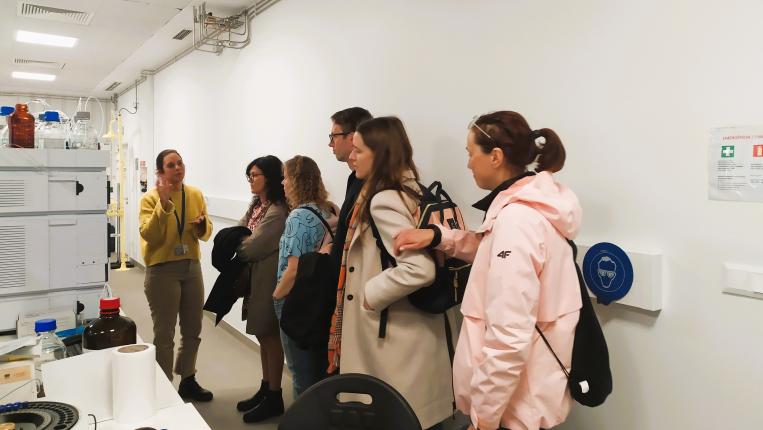Objectives and competences
Teaching objectives
- Promote the use of Artificial Intelligence/pattern recognition tools to solve big data problems in Microbiology;
- Increasing the interest in the programming area for the intelligent Microbiological solutions development.
Expected results
The student should be able to:
- Know deeply the principles, mechanisms, syntax and semantics of python® programming language;
- Recognize the need and the advantages of automatic information processing;
- Express themselves correctly in oral and written form about classification and advanced data processing problems, through adequate language and terminology;
- Use classification tools for solving data processing problems through the creation of support decision systems.
Teaching Methodologies
Theoretical and practical classes with permanent student involvement.
Syllabus
- Python® Programming Language
- Python® Language Fundamentals
- Variables, data types and operations
- Decision and Loop Structures
- Functions
- Object oriented Programming - Artificial Intelligence (AI)
- What is it?
- The AI main paradigms and challenges - Pattern Recognition Concepts
- What is machine learning?
- Learning Problems
- Overfitting and data store problems
- Some classic machine learning tools - Supervised Learning
- Artificial Neural Networks (ANN)
- Support Vector Machines (SVM) - Unsupervised Learning
- K-means and Self-organizing maps (SOM) - Theory of Learning and Models/Pattern Selection
- Cross-validation
- Genetic Algorithms
- Pattern sequential selection
- Statistical Methods - Advanced data analysis and intelligent applications in Microbiology




